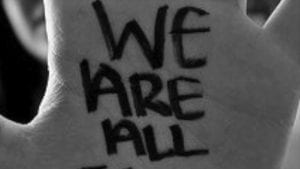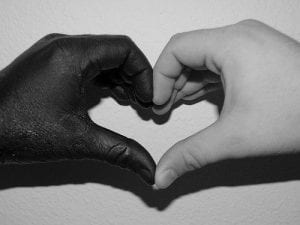
Fig. 1. Alexander, Michelle. The New Jim Crow.
The New Jim Crow: Mass Incarceration in the Age of Colorblindness is a book by Michelle Alexander that addresses the “rebirth of a caste-like system in the United States, one that has resulted in millions of African Americans being locked behind bars and then regulated to a permanent second-class status.” The book was published in 2010 and has appeared on the New York Times bestseller list for over a year.
Michelle Alexander states that “we have not ended racial caste in America; we have merely redesigned it.” Alexander presents that African-Americans, specifically black men, are unfairly targeted for crime and end up unjustly incarcerated.
The United States has seen a general increase of the number of people incarcerated over the years, regardless of race or ethnicity. According to the National Association for the Advancement of Colored People (NAACP), the number of people incarcerated between 1980 and 2015 more than quadrupled from approximately 500,000 to over 2.2 million. This is a 500% increase over the last 40 years. The United States makes up only 5% of the total global population, but has 21% of the world’s prisoners. Surprisingly, 1 out of every 37 United States adults are under some type of correctional supervision. The United States has the highest rate of incarceration in the world and faces severe racial disparities among those imprisoned. African American and Hispanic citizens face the greatest discrimination when it comes to crime and incarceration.
In the United States, African Americans are incarcerated at a rate 5 times more than that of whites. African Americans and Hispanics make up about 32% of the United States population, but make up 56% of all incarcerated people. African Americans and Hispanics face incarceration at an alarming and unfair rate. Even when facing the same crimes as white Americans, these minorities are more likely to be arrested or receive harsher and longer punishments.
In 2015, the National Survey of Drug Use and Health reported that approximately 17 million whites and 4 million African Americans admitted to having used an illegal drug within the last 30 days. However, African Americans are imprisoned for drug charges 6 times more than that of whites. African Americans and whites use drugs at similar rates, but African Americans are currently arrested and sentenced more often for these crimes than whites are.
So why is there such a racial disparity in incarceration in the United States?
Some could blame this issue on stereotypes and racial profiling. African Americans, and especially African American men, are consistently stereotyped as “criminals.” This stereotype has led to African Americans being unlawfully stopped by the police and sometimes even arrested when innocent.

Fig. 3. Karisch, Kristina. Former NU graduate student settles case with city following wrongful arrest.
Lawrence Crosby is an example of this “criminal” stereotype in action. Crosby is an engineering Ph.D. student at Northwestern University. A fellow student of his had called the police reporting that someone was stealing a car. However, Crosby states “That someone was me. The car was my own. I had a key.” Crosby was pulled over and when he stepped out of the car with his hands in the air, he was met with several guns being pointed at him. He ended up face down on the pavement with one officer kneeing him in the back, while others were pulling and punching him.
After much struggle, the police ultimately determined that the car was in fact Crosby’s, but still charged him with resisting arrest. Crosby reports that at the end of the incident, one officer joked to another saying Crosby “should feel lucky” he did not shoot him.
Unfortunately, this is not the only event like this. There have been countless reports all over the news about minorities being stopped by police, and sometimes even arrested, on the unlawful basis of their race. The Sentencing Project states “African Americans are more likely than white Americans to be arrested; once arrested, they are more likely to be convicted; and once convicted, they are more likely to face stiff sentences.” The American justice system seems to be built against minorities and needs serious reform to fix these disparities. The Sentencing Project ultimately finds three main reasons for such racial disparities: sentencing policies, implicit racial bias, and socioeconomic inequity.
Mass incarceration not only affects individuals, but the country itself is facing the consequences. The United States spent almost $81 billion on corrections in 2012. Such a grand amount of money could go to other parts of the government, like education or environmental programs. In the last 20 years, spending on prisons and jails has increased three times the rate as spending on K-12 public education.
Racial disparities in incarceration in the United States is obviously a problem that is affecting the lives of minorities all over the country. Michelle Alexander ultimately challenges the civil rights community to address the major issue of mass incarceration due to racial injustice in America. She is calling citizens to action to fight against the issue and look for solutions.
For more information and statistics:



March 12, 2019 at 2:13 pm
It’s genuinely disgusting the lack of care or decency some officers have towards African American citizens. I see information all over media about racial discrimination, such as the cases with Markeis McGlockton and Trayvon Martin, but it doesn’t seem like anything is being done about it. Insightful post!